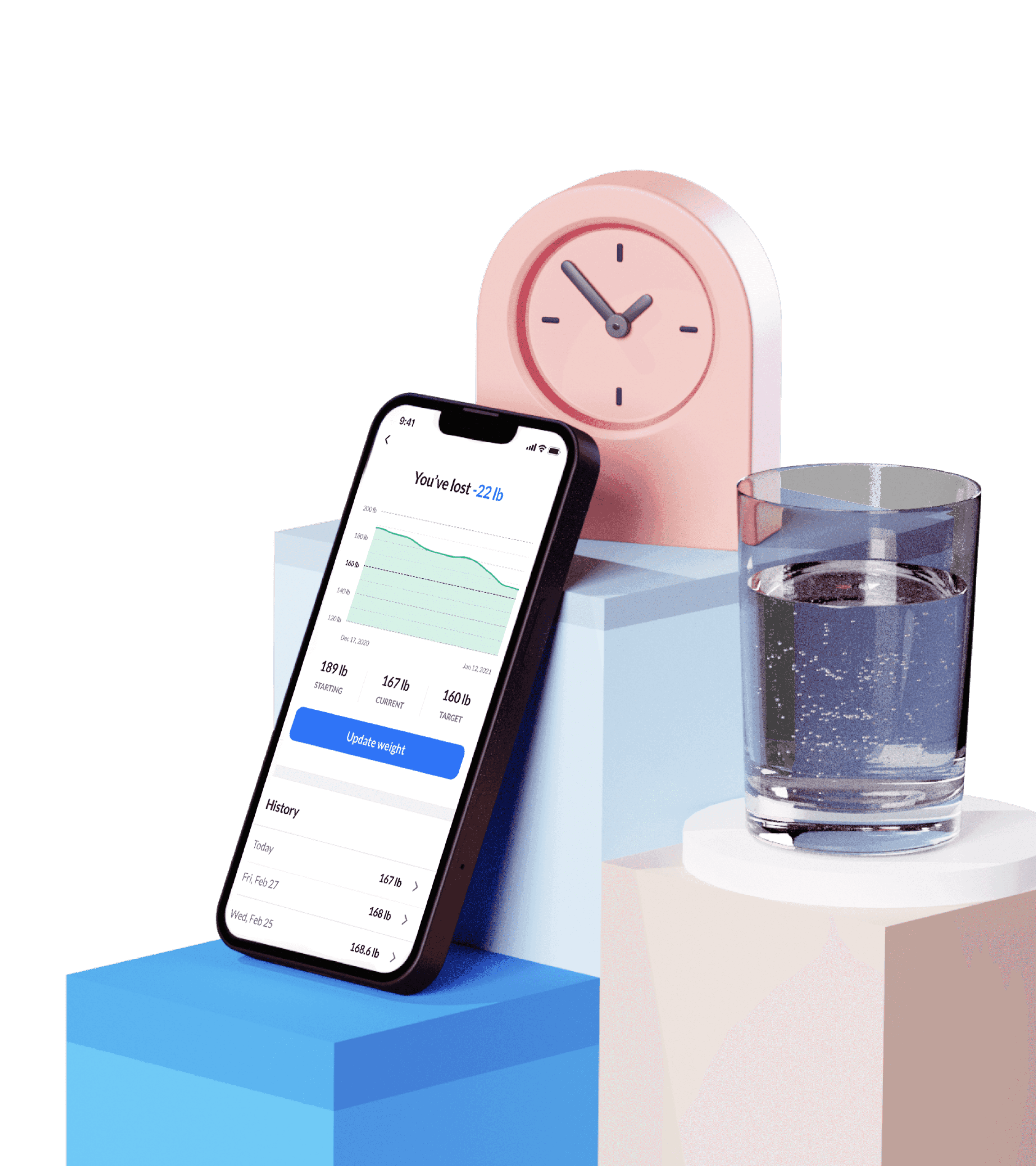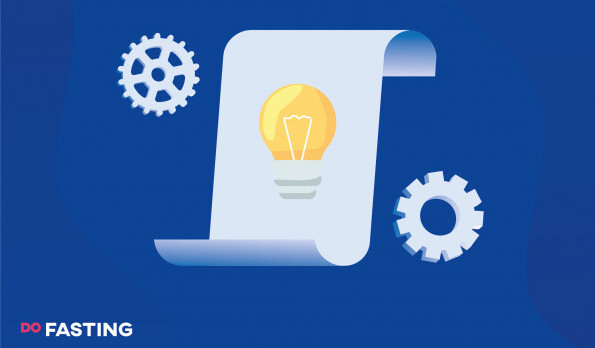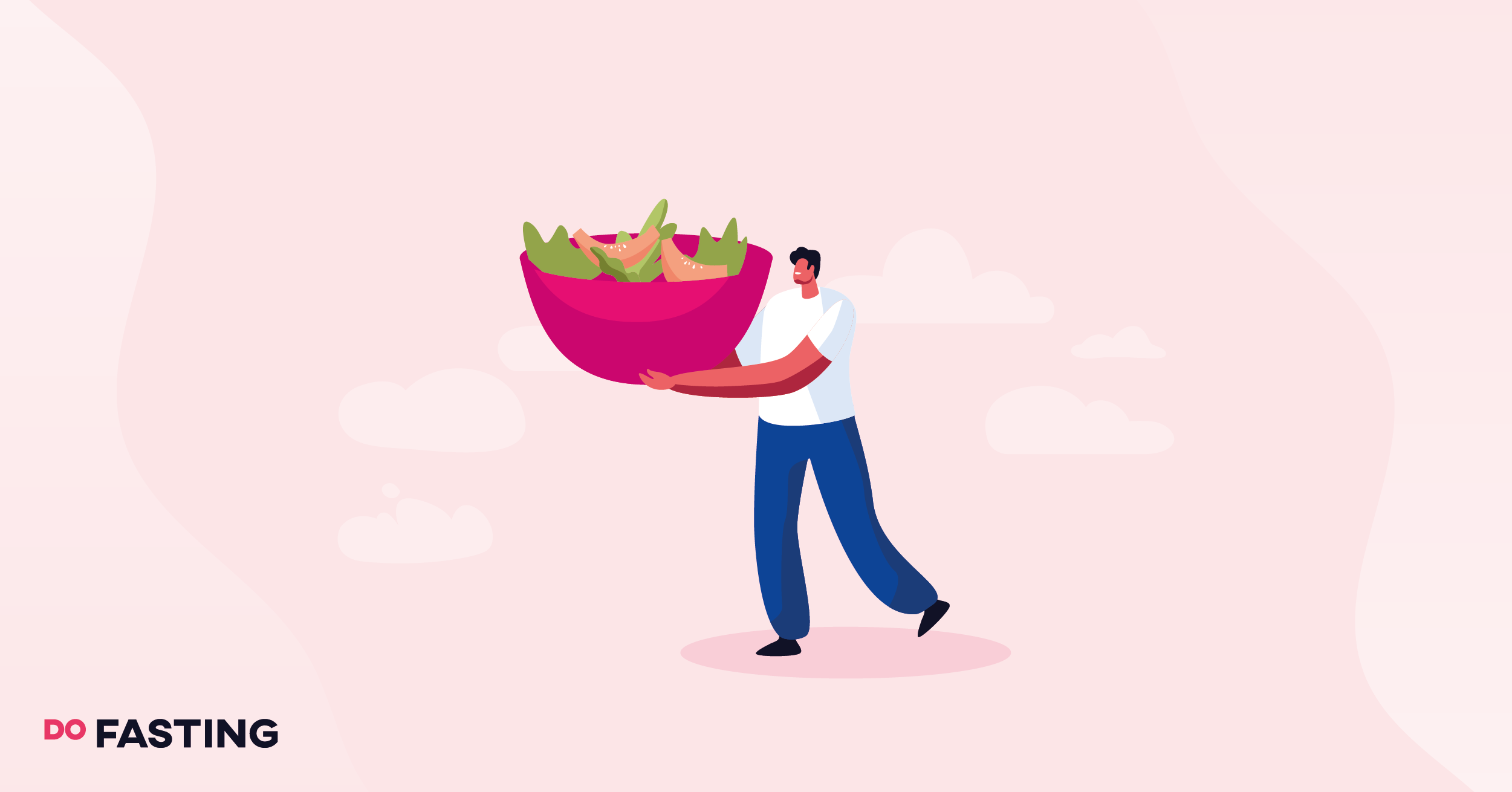Contents
What Is the 20/20 Diet, and How Does It Work?
The 20/20 diet, created by Phil McGraw, better known as Dr. Phil, is a weight loss plan based on 20 “power foods”. It was introduced to the public in 2015 with the release of the book “The 20/20 Diet: Turn Your Weight Loss Vision Into Reality” and became one of the most Googled diets in 2015.
Dr. Phil claims the 20/20 diet will work for anyone, even those who find it extremely difficult to lose weight. According to Dr. Phil, the secret to losing weight with the 20/20 diet is “power foods”, which require a lot of energy to digest.
It’s important to note that Dr. Phil is not a healthcare professional, but a psychologist with an expired license. It’s unclear how he came up with the 20/20 diet, as there is no scientific evidence supporting the claims of this diet plan.
In reality, the main reason why people may lose weight with the 20/20 diet is because of a calorie deficit caused by a low-calorie diet.
Let’s delve deeper into the 20/20 diet and find out how it works.
Take a
1-minute quiz
and discover how much weight you can lose with DoFasting!

How To Follow the 20/20 Diet?
The 20/20 Diet consists of four phases: the 5-day boost, the 5-day sustain, the 20-day sustain, and the long-term weight management phase.
The initial phases of the 20/20 Diet can be quite challenging due to their restrictive nature. However, as you progress, you’ll be able to incorporate more foods into your meal plan, making the diet significantly more manageable.
Here are the 4 phases of the 20/20 diet plan.
Phase 1: The 5-day boost
The 20/20 diet starts out with the 5-day boost phase, during which you eat only “power foods”.
There are 20 “power foods” in total. They include:
- Almonds
- Apples
- Chickpeas
- Coconut oil
- Cod
- Dried plums
- Eggs
- Green tea
- Leafy greens such as kale, spinach, and broccoli
- Lentils
- Mustard
- Olive oil
- Peanut butter
- Pistachios
- Prunes
- Raisins
- Rye
- Tofu
- Whey powder
- Yogurt
You must eat these foods 4 times a day, every 4 hours, except for when you’re sleeping, for 5 days straight. The goal of the 5-day boost is to kickstart the weight loss process.
You can find a number of recipes featuring these 20 “power foods” in the book “The 20/20 Diet: Turn Your Weight Loss Vision Into Reality”.
Phase 2: The 5-day sustain
After successfully completing phase 1, you can move on to phase 2, which is quite similar to the first phase. You will continue with the 5-day regimen of eating four meals a day, every four hours, but you will have slightly more flexibility in your food choices.
You must incorporate at least 2 “power foods” into every meal and may also add other foods such as:
- Blueberries
- Brown rice
- Carrots
- Cashews
- Chicken
- Mushrooms
- Oats
- Tuna
Phase 2 also allows cheating on your diet once a week, but chosen “cheat” food must not go over 100 calories. Dr. Phil recommends enjoying a glass of red wine, snacking on 14 potato chips, or savoring 2 cookies.
Phase 3: The 20-day attain
After you’ve laid out the groundwork with phases 1 and 2, you can move on to phase 3. It’s significantly longer than previous phases, but it’s less restrictive.
During the 20-day attain phase, you can reintroduce most foods back into your diet, although processed foods are highly discouraged. Some examples of foods you can add back into your diet are:
- Avocado
- Mushrooms
- Potatoes
- Quinoa
Nevertheless, every single one of your meals must contain at least one “power food”. The eating regime stays the same—4 meals every 4 hours for 20 days.
In addition, you’re now allowed to have 2 cheat meals/snacks, which Dr. Phil calls “sensible splurges”. To put it simply, you can eat anything you like, as long as it’s under 100 calories. The goal of “sensible splurges” is to reduce food cravings, thus ensuring a successful diet.
Phase 4: Management
Once you’ve achieved your weight loss goals, you can transition to the weight management phase. This long-term maintenance stage involves continuing the same eating pattern established in Phase 3. In other words, maintain a healthy diet by eating four times a day, approximately every four hours, and be sure to include “power foods” in each meal.
In case you haven’t reached your ideal weight, you can repeat phases 1 to 3 until you are ready to enter the management phase.
In addition to maintaining a nutritious diet, concentrate on developing and sustaining healthy habits. Cultivate a lifestyle that promotes well-being—exercise on a daily basis and drink at least 8 glasses of water a day. Most importantly, don’t allow a busy schedule to interfere with your commitment to healthy eating.
Foods You Are Allowed To Eat on the 20/20 Diet
The first 5 days of the diet are the hardest, as you are limited to consuming only the “power foods” mentioned earlier.
As you make your way through the diet, you can reintroduce other foods. Here’s a list of foods that are allowed during the 20/20 diet:
- Fruits and vegetables — a variety of fruits and vegetables are available starting from day one of the diet. You may reintroduce other fruits and both starchy and non-starchy vegetables in later phases.
- Dairy products — you may eat yogurt starting from phase 1. Other dairy products such as milk and cheese may be introduced back into your diet at phases 3 and 4.
- Lean protein — chicken can be added into your diet after phase 1.
- Healthy fats — nuts, seeds, and avocado.
- Fish — cod is one of the “power foods” you are encouraged to eat during the entire duration of your diet. You may also add other types of fish and seafood at later stages.
Since the first two phases of the 20/20 diet are quite restrictive, it may be beneficial to start planning your meals ahead of time.
What Foods Are You Not Allowed To Eat on the 20/20 Diet?
While no food is completely off-limits, you’re highly encouraged to limit your intake of these foods:
- Refined carbs, such as added sugars found in junk food and sugary drinks — ideally, you should cut them out of your diet entirely. However, you’re allowed to have a cheat snack as long as it doesn’t contain more than 100 calories.
- Fast food — the main idea behind abstaining from fast food is to break an unhealthy habit that contributes to weight gain. Instead, it’s highly encouraged to form a new habit of making food yourself.
How Does the 20/20 Diet Work for Weight Loss?
The primary concept behind losing weight with the 20/20 diet is the thermic effect of food (TEF)—the increase in the metabolic rate after a meal.
Dr. Phil claims that “power foods” can boost this metabolic rate, thereby increasing the rate at which your body burns calories. However, there is no scientific evidence proving that the list of 20 “power foods” contributes to a greater metabolic increase than other high-TEF foods.
The 20/20 Diet promotes a healthy eating plan, encouraging the consumption of fruits, vegetables, healthy fats, and lean protein. In turn, it discourages the intake of high-calorie foods such as fast food, which can significantly contribute to weight gain.
Moreover, dieters are encouraged to adopt healthy habits like regular exercise, which plays a crucial role in weight loss.
In summary, the 20/20 Diet may help you achieve your weight loss goals by creating a calorie deficit and steering you away from highly-processed and unhealthy foods.
Other Possible Benefits of the 20/20 Diet
While weight loss is the primary focus of the 20/20 diet, this program encourages behaviors that can yield several health benefits unrelated to shedding pounds.
The 20/20 diet promotes:
- Drinking plenty of water — staying hydrated is an important part of a successful weight loss plan. It’s recommended to drink 8 to 10 glasses of water every day while on the 20/20 diet. This can help you build a healthy habit that will stay even if you decide that the 20/20 diet isn’t for you.
- Exercising on a regular basis — while on the 20/20 diet, you will be highly encouraged to incorporate physical activity into your daily life. The important thing is to find something that you enjoy so it doesn’t feel like a chore when you have to do it.
- Being mindful of your eating habits — Dr. Phil uses his background in psychology to help people understand the reasons behind their eating patterns and offers tips on how to improve these habits.
In conclusion, the 20/20 diet fosters healthy habits and lifestyle adjustments that may enhance your overall health beyond merely losing a few pounds.
Risks and Disadvantages To Consider
Contrary to Dr. Phil’s claims, there is no one-size-fits-all diet. When dieting is not approached correctly, it may have serious consequences on your health.
- Any diet that’s based on extreme food restrictions is simply not sustainable. The 20/20 Diet, in addition to being highly restrictive, adheres to a strict eating schedule, which may be too challenging for some to follow.
- Following a highly restrictive diet may lead to nutrient deficiencies.
- While the 20/20 Diet encourages healthy eating, it also promotes potentially unhealthy eating habits, such as extreme food restriction, which could negatively impact your relationship with food. Moreover, restrictive diets may lead to disordered eating patterns, such as emotional eating or bingeing.
It is advisable to consult with a healthcare professional before trying a new diet. Your doctor may recommend a more personalized plan to help you achieve your weight loss goals.
Is the 20/20 Diet Backed By Research?
There is no research specifically conducted on the 20/20 diet, making it impossible to confirm its effectiveness as a weight loss method.
The 20/20 diet includes various types of food from all food groups; however, it lacks whole grains and overall variety. Following the 20/20 diet should be safe as long as you maintain a proper balance of all food groups.
While the 20/20 Diet lacks research, many other diets and eating regimes have been extensively studied and proven to aid in weight loss. One such approach is intermittent fasting—a time-restricted eating pattern that has gained popularity as a diet-free weight loss method.
Losing weight with intermittent fasting is made easier by programs like DoFasting. By taking a short quiz, you can receive the best fasting plan tailored to your individual needs. This app also allows you to log your calorie intake, update your weight, and track your weight loss journey.
Take a
1-minute quiz
and discover how much weight you can lose with DoFasting!

The 20/20 Diet: Key Takeaways
The 20/20 diet is a weight loss plan created by Dr. Phil—a psychologist with no background in diet or nutrition. He claims that the 20/20 diet will help everyone lose weight, no matter how different they are.
In reality, weight loss varies for each person and depends on factors such as body type, hormones, and lifestyle habits. Most importantly, dieting, including the 20/20 diet, is not a sustainable way to lose and maintain weight due to its highly restrictive nature.
Instead of dieting, aim to establish habits that promote a healthy lifestyle—consume a well-balanced diet, minimize your intake of processed foods, and practice self-care.
See how DoFasting will improve your life
Find out what works for you with this 60-sec quiz approved by our experts and get your personal revolutionary fasting assistant.
Start the Quiz















